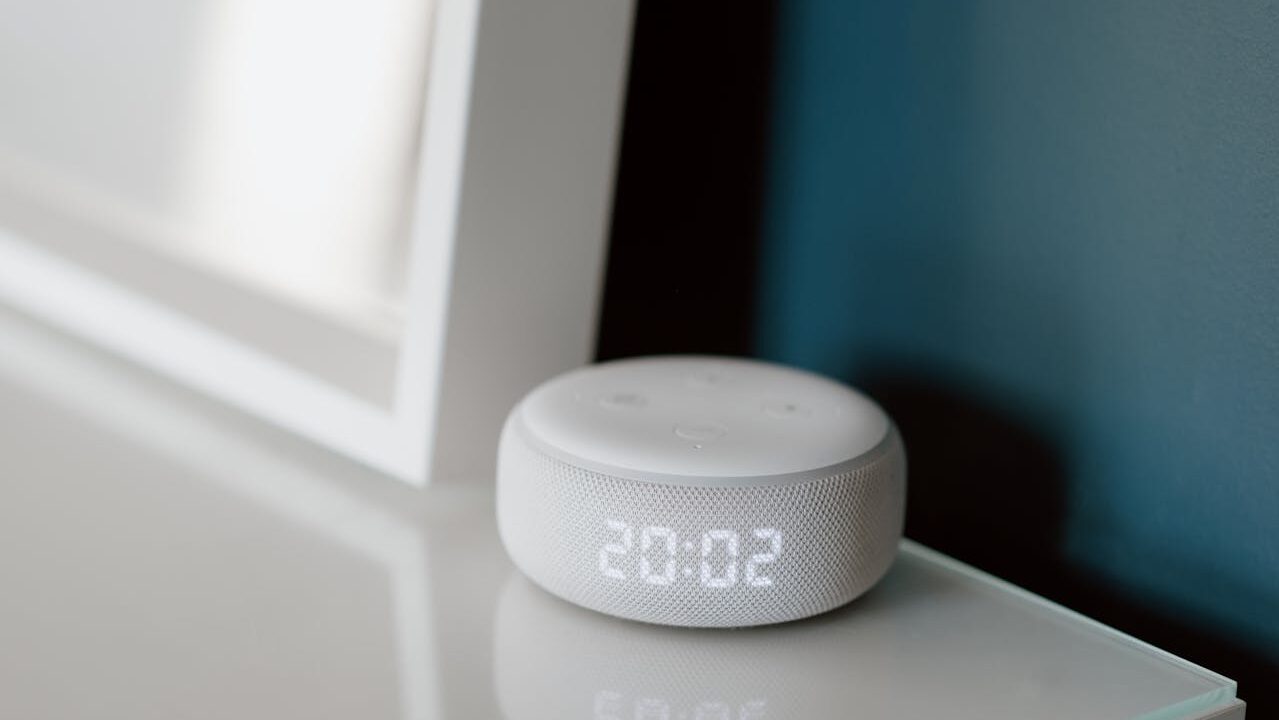When you set about creating a display board for the first time, it often hits home just how tricky a job it is to nail. The reason being that whether you’re planning to stand an expo, set up a marketing stand anywhere in town or even just stick a few posters around your business, you basically have a heck of a lot to achieve with what starts out as a blank sheet of paper.
Now, to say there’s no room for amateurish efforts is a bit like stating the obvious, but at the same time there are so many other rookie mistakes that can really put the brakes on your board’s appeal. Even when you think you’re making all the right moves in line with common sense, some things aren’t actually as obvious as they appear to be.
So with the example of an expo or trade show in mind, here’s a quick overview of eight extremely common rookie mistakes which are for the most part relatively easy to sidestep:
Mistake One – Thinking Bigger is Better
When it comes to any kind of display board, bigger can indeed be better but this isn’t the hard and fast rule across all cases. The reason being that it all comes down to the way you use the board and how well it represents your business as a whole. There’s really nothing quite as depressing as seeing a business trying to advertise itself with a gigantic board, only for about 95% of it to be blank – all this says is that the business in question doesn’t have a great deal to say about itself.
Mistake Two – Going Too Colourful
In a similar vein, there will always be those who believe that there’s no such thing as too many colours and will always favour the brightest possible colours to capture the reader’s attention. This can indeed work, but once their attention has been grabbed and they note your hideously inappropriate choice of clashing colours, your reputation takes a knock before you even get off the ground. There’s a reason the world’s biggest brands tend to stick to just a couple of simple colours.
Mistake Three – Poor Use of Space
It’s common to assume that every last inch of white space needs to be used in some way or another, but in many cases it’s the somewhat minimalist, elegant design aesthetic that really hits home. Clever use of space means using space to frame the content within – not just blasting filler into every square inch of the stuff.
Mistake Four – No Clear Hierarchy
Another common mistake is that of not making it clear to the reader which information is of the most importance and which is to the contrary. There’s a standard rule of thumb which applies to pretty much all type of content and visual marketing – the most important information/hook is presented largest, secondary information one step down and less crucial content smaller still. It’s also a good idea to avoid using too many different font sizes.
Mistake Five – Too Much Information
Even if you’ve got a ton of space to use and a ton to say, too much information is a bad way to go. What the reader is interested in should be pretty clear with little more than a glance, so don’t get carried away with information volumes.
Mistake Six – Cryptic Content
And in a similar vein, it’s never a good idea to leave the reader with more questions than answers. Being cryptic is a good way of tantalising and in some cases prompting questions, though can in other cases just leave readers plain confused.
Mistake Seven – Trying to Be Funny and Failing
If you’re going to use humour, you need to make sure you are in fact funny. This means rigorous testing on sample groups prior to going ahead with the final thing as what you find funny, the masses may find offensive, confusing or just plain pathetic. Humour is a tough nut to crack from a marketing perspective.
Mistake Eight – Poor Quality Hardware
And finally, one of the biggest mistakes anyone can make is that of coming up with a killer display board and all manner of gorgeous content, only to then use lacklustre paper, a poor printing service and barrel-bottom frames to mount the whole thing in. If your boards look cheap and come across like you really didn’t bother with them at all, the content within goes largely to waste as the first impression has already been made.







